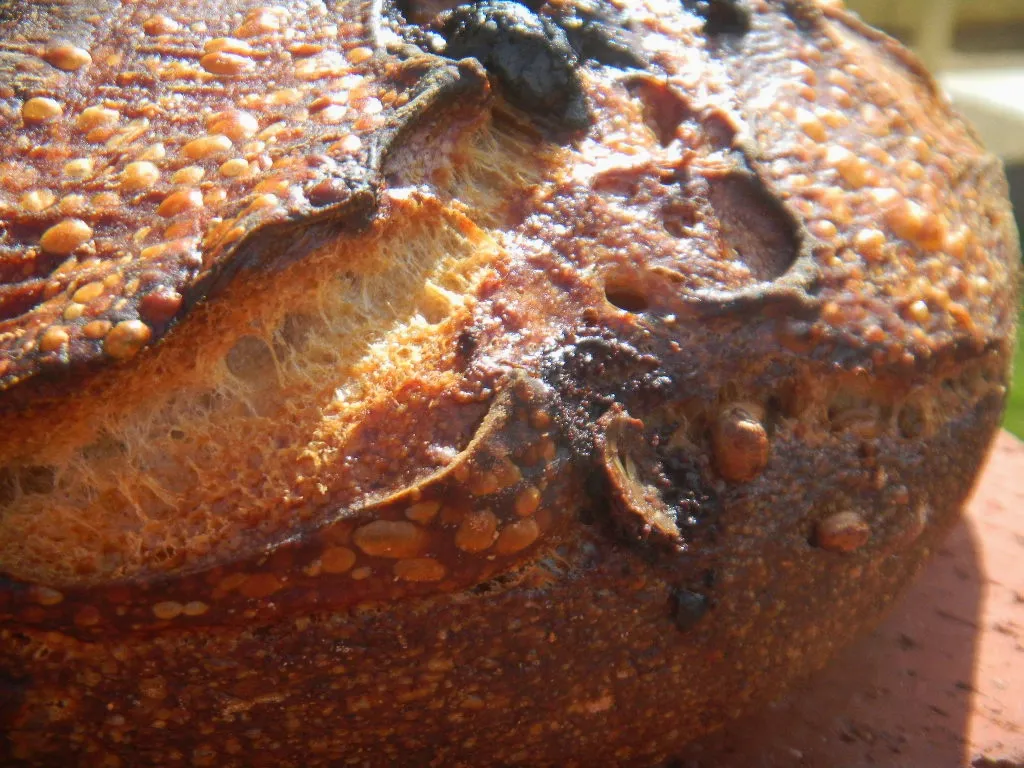Farmers Cheese Beer Sourdough Bread

Just in time for St. Paddy's Day I figured I would make another bread using beer along with some freshly milled flours. I had bought some Farmers Cheese meaning to make pierogi again but have not had a chance to do so yet, so into the cauldron it went :).
- Log in or register to post comments
- 6 comments
- View post
- Isand66's Blog









